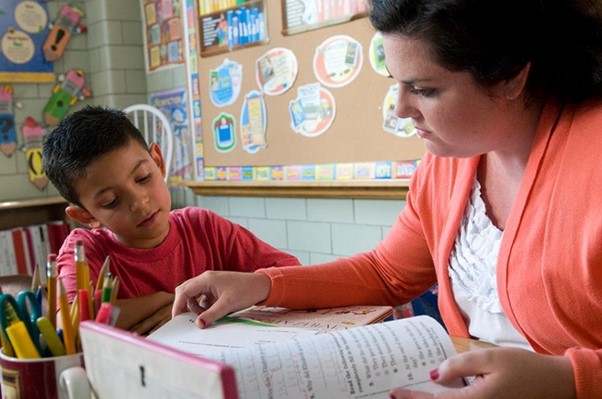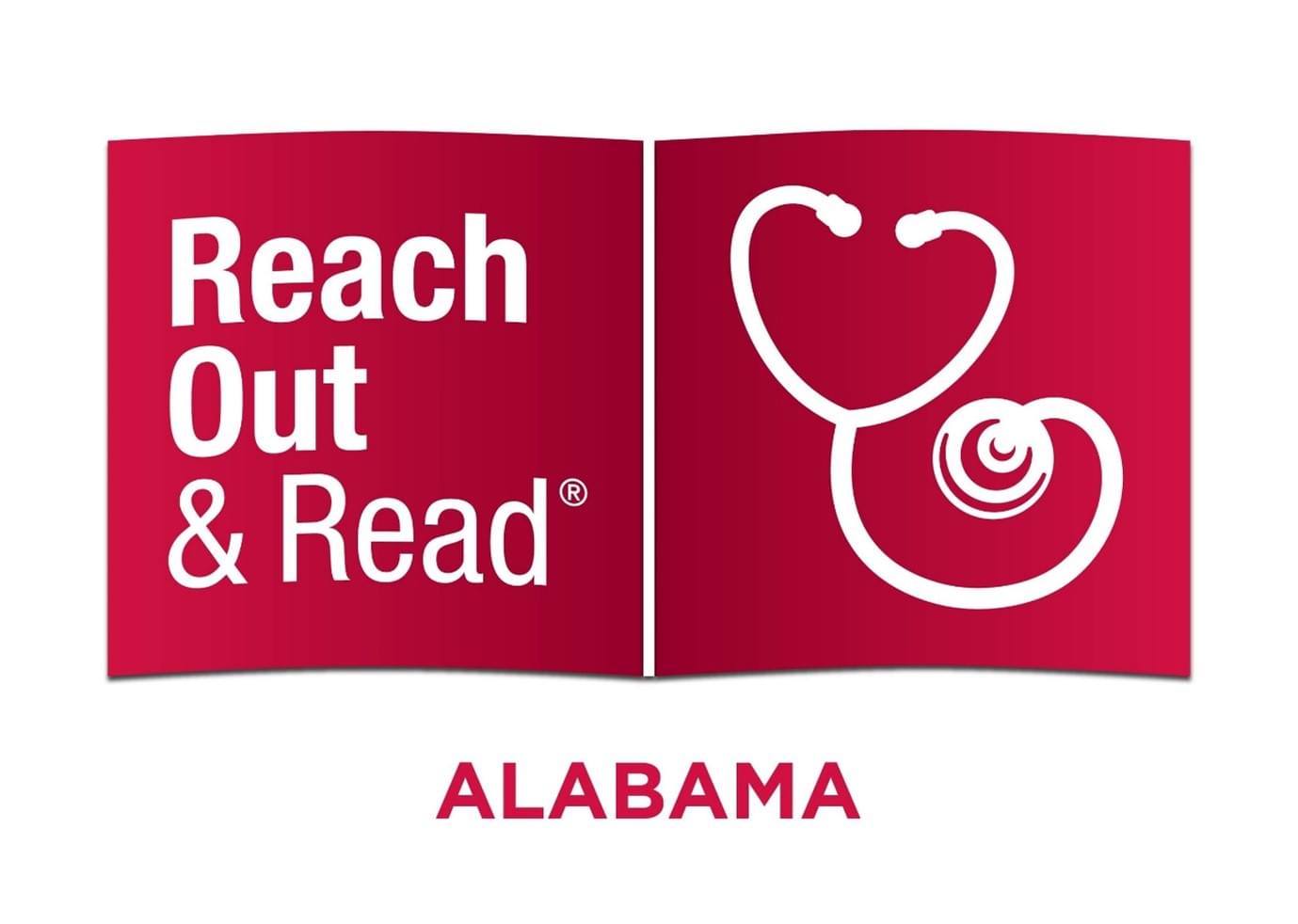
U.S. states are implementing various schemes to improve pupil’s literacy. In North Carolina a bill previously passed by the General Assembly, and signed into law, came into effect at the start of July. The Excellent Public Schools Act of 2021 modifies the implementation of read-to-achieve programs, including changes to reading instruction in North Carolina public elementary school classrooms, with the aim of improving literacy levels by the time students reach the third grade.
The Read to Achieve program was adopted in 2013 with an aim to ensure all third-grade students were proficient in reading before being promoted to the fourth grade. The changes touch on in-classroom instruction, reading camps, data collection, and other student interventions, with an emphasis on individually crafted student reading plans.
Notably, the law transitions reading instruction away from a ‘look and say’ method to adopt a ‘Science of Reading’ approach based on phonetic practices of comprehension, and establishes an Early Literacy Program in the N.C. Department of Public Instruction to provide teacher training and support.
The law means teacher licensing will include three continuing education credits directly related to literacy and based upon the science of reading method.

Elsewhere, nearly a decade ago, Colorado lawmakers passed a new reading law that sent tens of millions of dollars a year to school districts statewide to help struggling readers.
The money paid for summer school, full-day kindergarten, and tutoring programs for students in kindergarten through third grade, but those efforts barely made a dent in Colorado’s dismal passing rates on third-grade literacy tests or the percentage of students seriously behind in reading.
However, something else came out of the 2012 reading law that produced more promising results: a competitive grant program with three-year awards for schools that agreed to overhaul reading instruction. Unlike the reading money spread across all districts, the smaller Early Literacy Grant program came with strict rules about how schools should improve reading instruction, plus considerable state oversight.
Overall, participating schools did improve — with some schools making huge gains and others improving modestly, while a few made no improvement.
But in a local-control state where inconsistent approaches have complicated efforts to boost reading achievement, the grant program points to the benefits of whole-school reform and strong guardrails on spending.
Educators at some grant schools say the program was transformational, creating a cohesive system for teaching all students how to read and helping those who struggle.
“It is probably the best thing that ever happened at this school,” said Lisa Fillo, principal at Remington Elementary in Colorado Springs.
The school’s third-graders made big gains on state literacy tests over the course of the grant, moving from 36% proficient in 2016 to 55% by 2019. The school’s share of K-3 students with serious reading deficits decreased to 10% from 13%.

Over in Alabama, the state’s governor Kay Ivey, recently marked the year anniversary of the Alabama Campaign for Grade-Level Reading by announcing a new partnership and continued effort to improve literacy among students.
Ivey announced a new partnership for the Reach Out and Read program with the Alabama Department of Early Childhood Education (ADECE), Alabama Medicaid Agency (AMA), and the Alabama Department of Public Health (ADPH).
The program integrates reading aloud into pediatric care, providing books and coaching that help families make reading a part of their daily routine. The program will be introduced during regular pediatric checkups. Clinicians will advise parents about the importance of reading aloud and will provide developmentally appropriate books for every child during well-child visits.
Funding to Reach Out and Read-Alabama is being provided by the state to expand services to children living in Macon, Marshall, Monroe, Jefferson and Randolph counties. These are the five pilot counties for the governor’s Campaign for Grade-Level Reading that was initiated last July.
Ivey initially launched the Alabama Campaign for Grade-Level Reading initiative to support Alabama students in achieving reading proficiency by the third grade.

Here at Education Slice we are constantly monitoring tips and advice on a wide-range of educational issues including improving literacy. We discovered that school administrators can play a part in improving literacy in schools.
School administrators provide the structure, framework and support for all teaching activities. As an administrator, you can plan, develop and implement strategies designed to improve student literacy and resulting test scores. Given that early literacy is critical for academic success, starting literacy initiatives as early as possible is crucial.
With the implementation of Common Core State Standards, literacy no longer falls solely under the language arts category. Reading and writing skills must be incorporated into math, science, history and enrichment courses. By creating an action plan, you offer guidance to teachers who may never have incorporated literacy skills into their lesson plans. You also help ensure all instructors are on the same page and know how to meet your expectations.
When planning, incorporate data collection, strategy implementation and results gathering as part of the process. This lets you isolate potential problems early, implement trial solutions and assess those solutions for success.
A literacy action plan incorporates several elements, including:
Each of these areas forms part of the foundation necessary for implementing a comprehensive plan of attack on low literacy levels.
Basic skills instruction starts in language arts classes, but practice and enrichment activities are unlimited. This may cause some confusion in the classroom. Teachers whose primary focus has no immediate relationship with literacy may react negatively to adding writing assignments to classes, so be sure to create clear goals for teachers unused to literacy instruction. Explain that essays and projects are not the only tools for adding reading and writing skills to a lesson plan, but target literacy issues in a more holistic fashion. Word problems address the issue well in math, while lab reports and process lists can help in science courses. Frequent department meetings help track progress and let teachers share lessons learned as they work to meet defined metrics for success.
The next steps to take after identifying literacy levels are skills tracking assessments and interventions. Struggling students might benefit from additional tutoring time or master classes designed with an in-depth focus on literacy and highly skilled instruction. By creating frameworks designed to address these students’ literacy issues head-on and give them the help they need, you create a structure in which they can achieve success.
Culture and policies may act as roadblocks if they are not in line with current initiatives. Be prepared to reassess existing policies to bring them in line with the literacy plan. For example, scheduling department meetings does not work well in schools where instruction is team-based. For these schools, schedule time for team meetings and talk about cross-subject support while incorporating the new rubrics for literacy skills.
No principal can successfully implement a change in instructional technique that crosses all subjects without extra support and assistance. You must identify instructors who can act in a leadership role for the new action plan. Developing demonstration classrooms and classroom-based research helps all teachers gain functional knowledge of how to put literacy strategies in place, but only if there are teachers who are willing to take ownership of these programs.
Including the teachers at your school in the planning of literacy initiatives can lead to a more cohesive implementation of the program. Creating a shared leadership foundation allows for thorough consideration of the overall mission as well as consideration of the day-to-day of teaching. Acknowledging both of these aspects is more likely to result in a program that is realistic in its goals and keeps the teachers and administration involved and active in the process.
The final element of instructional support is arguably the most important. Many teachers are struggling with new literacy initiatives as they attempt to build trackable assessments into their existing lesson plans. Some teachers have been resistant to the Common Core due to the perception that it may create more work that is not subject focused. Teachers need professional development and instructional support that focuses on the creation and implementation of literacy-focused lesson plans. This can come in the form of collaborative planning, peer coaching or professional conferences.
As an administrator, it is your job to put all of these pieces together into an overall plan. You need to create timelines and measurements for success. What are the key performance indicators for literacy skills development? How will they change under the new action plan? Clear performance definitions help teachers focus on the right instructional material and develop lesson plans that work. You can also develop community relationships and leverage untapped volunteer opportunities to give teachers and students the extra help they need.
You need to make assistance options public and available to all instructors. Offering collaborative instructional planning and peer review is an excellent start, but make sure it is built in to the process of planning. No teacher should ever wonder if these tools are available. They should be a part of the culture of the school. No child should be left to fall through the cracks. Objective testing identifies children with literacy struggles so they can get the extra help they need. The battle for literacy for every student starts at the top and extends down.
Richard Aston, Industry Slice

Become a smarter education professional in two minutes.
Read Education Slice for brief summaries of news and actionable information to educators and administrators
.
created with
Website Builder Software .